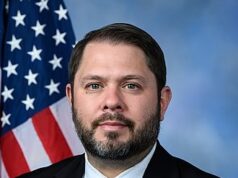VA Announces Availability of $300 Million for Existing SSVF Grantees
Washington, D.C. – January 18, 2015 – (RealEstateRama) — The Department of Veterans Affairs (VA) has announced the availability of funds for supportive services grants under the Supportive Services for Veteran Families (SSVF) Program. Applications for supportive services grants under the SSVF Program must be received by the SSVF Program Office by 4:00 p.m. Eastern Time on Feb. 5, 2016.
VA will provide up to $300 million for existing grantees seeking to renew their grants. This NOFA pertains to proposals for renewal of existing supportive services grant programs. New applications for SSVF grant awards will not be funded through this NOFA. Up to $300 million will be available through this NOFA. To be eligible for renewal of a supportive services grant, the grantee’s program concept must be substantially the same with the program concept of the grantee’s current grant award. Renewal applications can request funding that is equal to or less than their current award. If sufficient funding is available, VA may provide an increase of up to 2 percent from the previous year’s award. Any percentage increase, if provided, will be awarded uniformly to all grant recipients regardless of their grant award. Funding will be awarded under this NOFA to existing grantees for a 1- to 3-year period beginning Oct. 1, 2016.
The SSVF Program’s purpose is to provide supportive services grants to private nonprofit organizations and consumer cooperatives, who will coordinate or provide supportive services to very low income veteran families who: (i) Are residing in permanent housing; (ii) are homeless and scheduled to become residents of permanent housing within a specified time period; or (iii) after exiting permanent housing within a specified time period, are seeking other housing that is responsive to such very low-income veteran family’s needs and preferences.
To read the full NOFA, click here.













